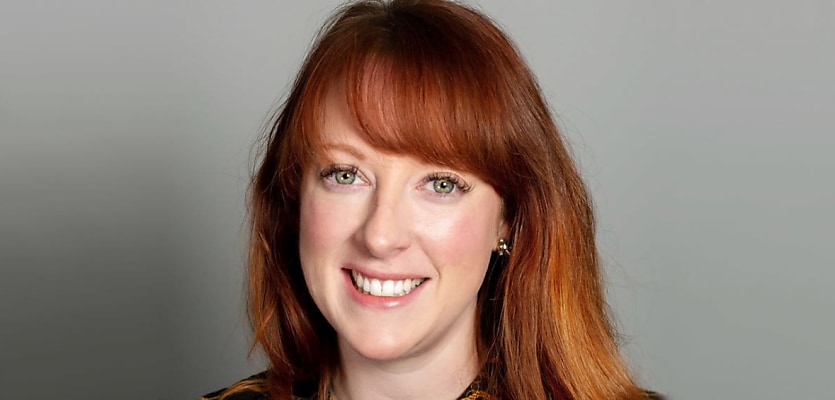Students living in purpose-built student accommodation (PBSA) are now playing a bigger role in reviving the central business districts, as new data showed their spending is now at par with that of an average Aussie.
The latest report from the Property Council of Australia showed that the average PBSA student spends $4,400 per month, not including tuition.
For comparison, the average Australian spends around $4,600 on a monthly basis — including expenditures of children and their dependants.
According to the Student Accommodation Council’s executive director Torie Brown, the report showcases the crucial contribution the student accommodation sector makes to the economy.
“This report shows that students living in purpose-built student accommodation (PBSA) are good spenders, and importantly, they’re spending it in our recovering CBDs where PBSA sites are located,” Ms Brown said.
She underlined that young people who choose to study at Australian universities and institutions are the “lifeblood of our cities”.
“While an office worker may only buy a sandwich and a cup of coffee when they are in the office three days a week, residents in PBSA are spending the same amount on food, beverage and recreation as the average Australian — and they are doing so 24 hours a day entirely in our CBDs,” she explained.
The report — which was produced in partnership with information technology company Accenture — also highlights the vital role PBSA plays in providing accommodation to Australian students, who now make up a quarter of all students residing in PBSA buildings.
Data showed that domestic students now represent 26 per cent of all PBSA residents, almost the same number as international students from China (27 per cent).
Ms Brown commented that there’s “clearly been a shift” amongst domestic students who are now turning to this type of accommodation due to the extremely tight residential rental markets, as well as PBSAs having “superior offering” that is customised to their needs.
“What’s clear in this report is the vital role PBSA plays in releasing pressure on the housing market, because students living in these buildings aren’t competing with mums and dads for private rentals.
“Without PBSA, we would have tens of thousands more people hunting for rentals in an already tight rental market, which would drive prices to even more unaffordable levels,” she said.
It’s estimated that the private PBSA sector in Australia, which comprises 200 PBSA developments around the country, houses more than 76,000 students every year — not including university colleges.
The private PBSA sector, according to the report, is the “unsung hero” underpinning the country’s largest services export: international education.
Education as a whole is ranked as Australia’s fourth-largest export and only falls behind natural resources exports such as iron ore, coal and gas.
“PBSA underpins a vital economic sector that benefits all Australians. Yet little is known about the category, despite it underpinning Australia’s largest service industry export, international education, which prior to the pandemic contributed over $40 billion to the economy,” chair of Property Council of Australia’s Student Accommodation Council Anouk Darling stated.
“As Australia faces some of the lowest vacancy rates in residential rentals, PBSA can alleviate this pressure whilst providing a fit-for-purpose environment that is created for students to flourish.”
Ms Brown backed Ms Darling’s statement, declaring that “PBSA-based students are a vital economic engine for our CBDs, making up the shortfall in spending by office workers who are now spending more time working from home or in hybrid roles”.
However, with the report also showing that PBSA buildings are already at capacity in most Australian cities even before the majority of international students return to the country, Ms Brown called on the government to take steps to ensure that the asset class can reach its full potential in providing accommodations.
“Right now, governments need to be looking at how they can remove the barriers to investment in this asset class — like cutting foreign investor taxes — to ensure we have enough beds to service growing demand, including from domestic students, and avoid placing greater pressure on an already-tight rental market.
“International investors are the main providers of capital for PBSA developments, and this report shines a light on the millions of dollars in fees and taxes those investors face, before investing here,” she said.
To ensure that the international education sector can continue to grow and CBDs are given a leg-up in their recovery, Ms Brown said that it is vital to have a strong pipeline of new PBSA assets in the country.
“The last thing we want is our housing supply or rental market crisis to become a handbrake on our education sector because we have nowhere for prospective students to live,” Ms Brown said.

Never miss a beat with
Stay across what’s happening in the Australian commercial property market by signing up to receive industry-specific news and policy alerts, agency updates, and insights from reb.
Subscribe to reb Commercial:







You are not authorised to post comments.
Comments will undergo moderation before they get published.